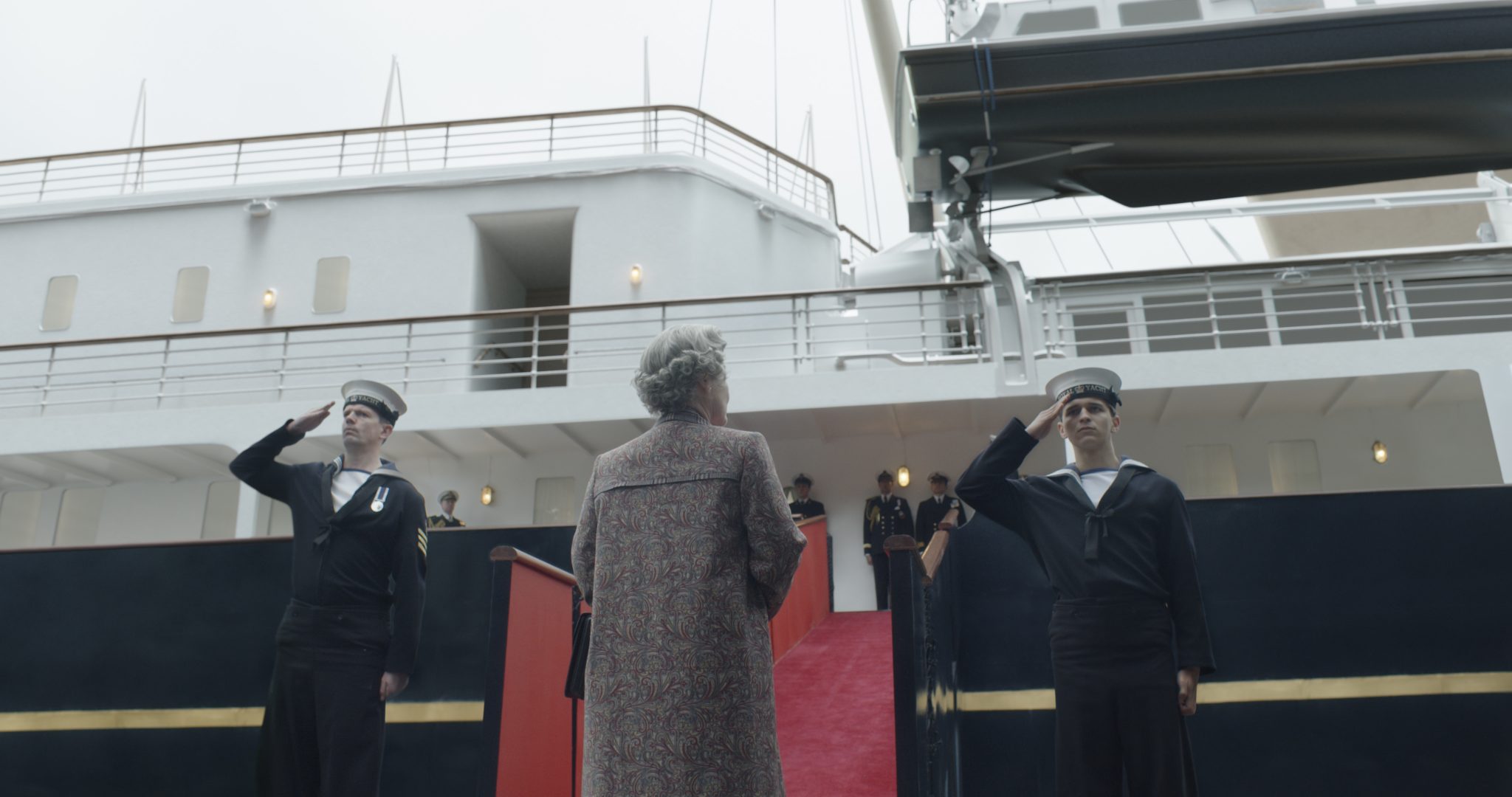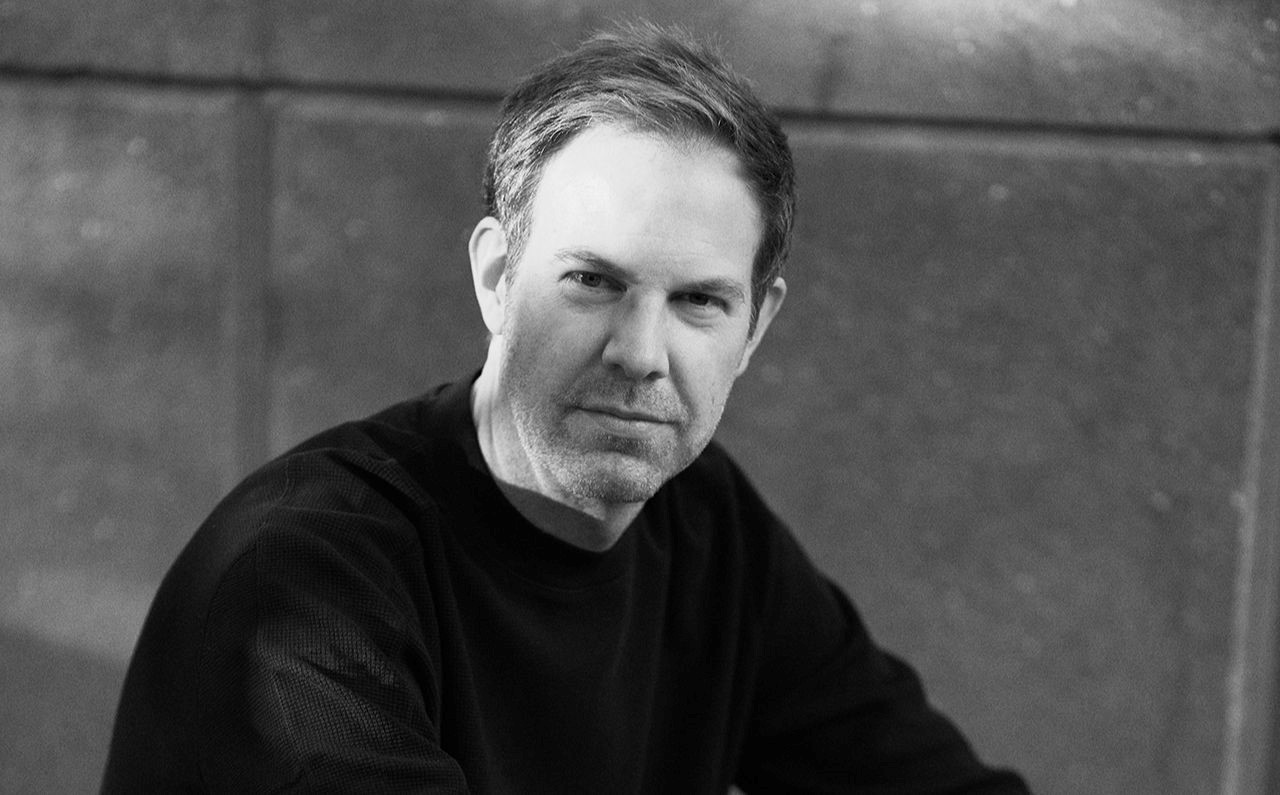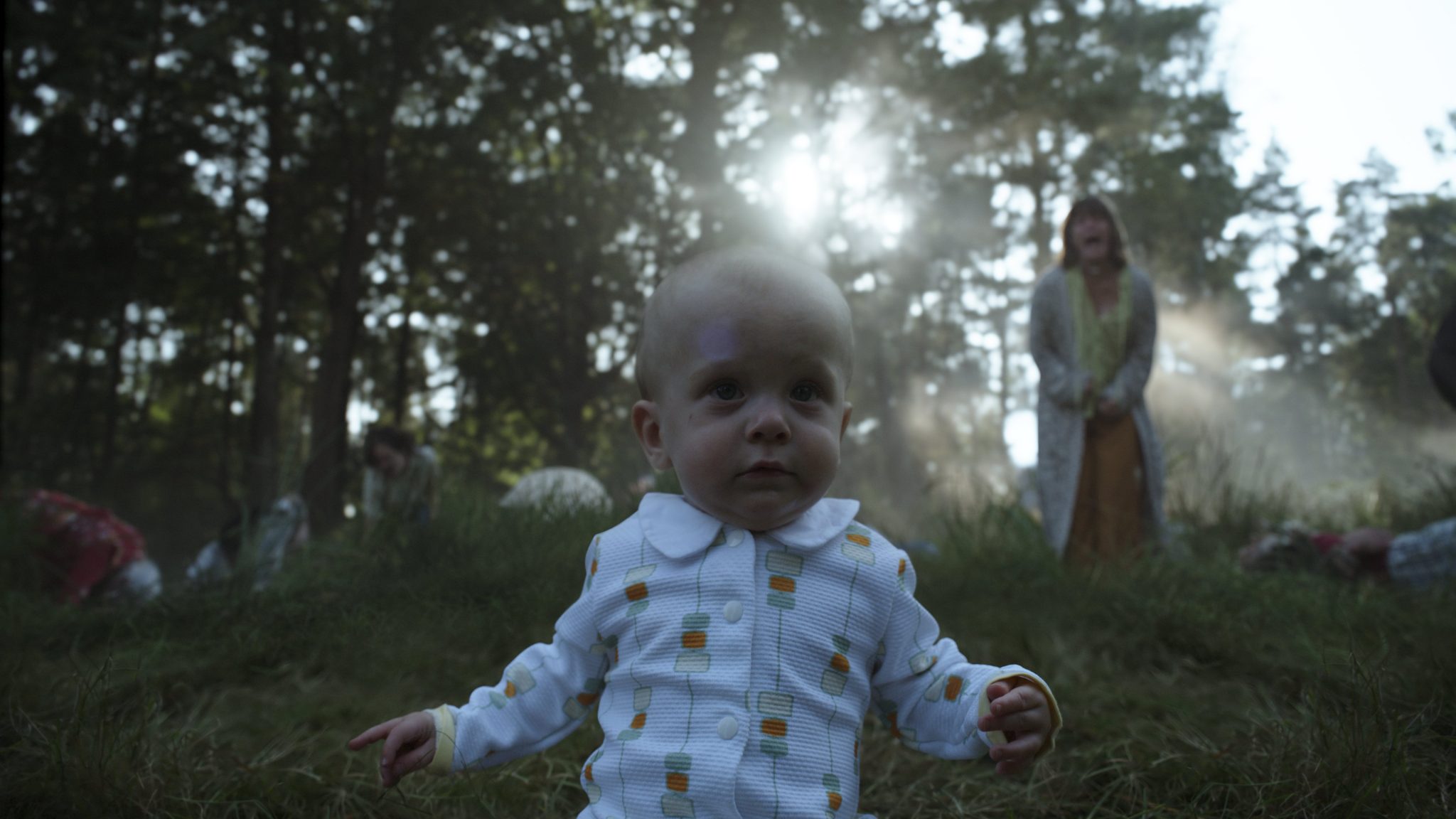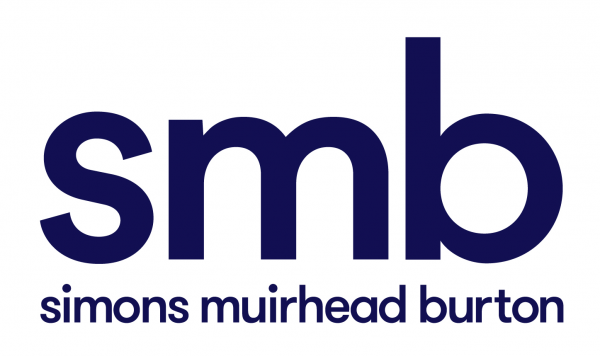Darkest Hour, directed by Joe Wright (Atonement, Pan), set during the early days of Winston Churchill’s as Prime Minister is exemplary of the subtleties of VFX by Framestore
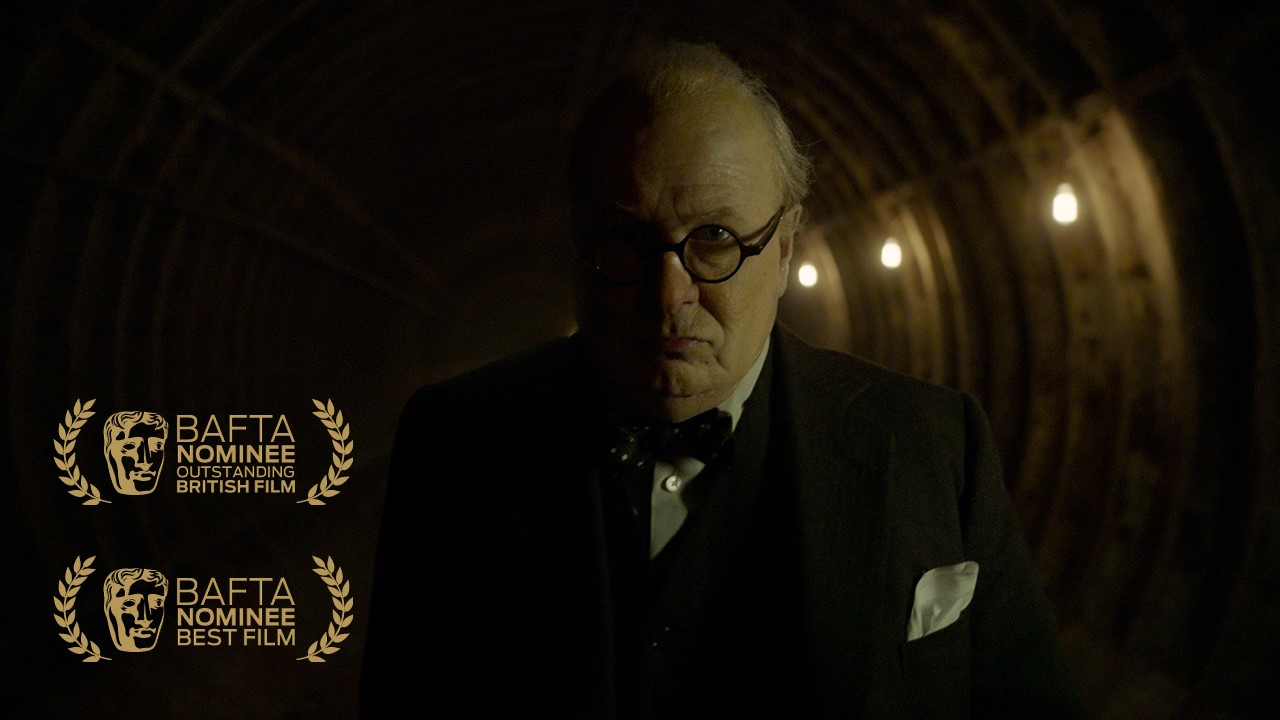
Led by Stephane Nazé, VFX Supervisor, a small and dedicated team at Framestore’s Montréal facility collaborated closely with Wright to produce detailed and historically accurate environment augmentation and builds across 85 breathtaking shots throughout the film. ‘Everything is based on real references and footage. It was really important to Joe that we backed up all our work with historical research’, explains Nazé.
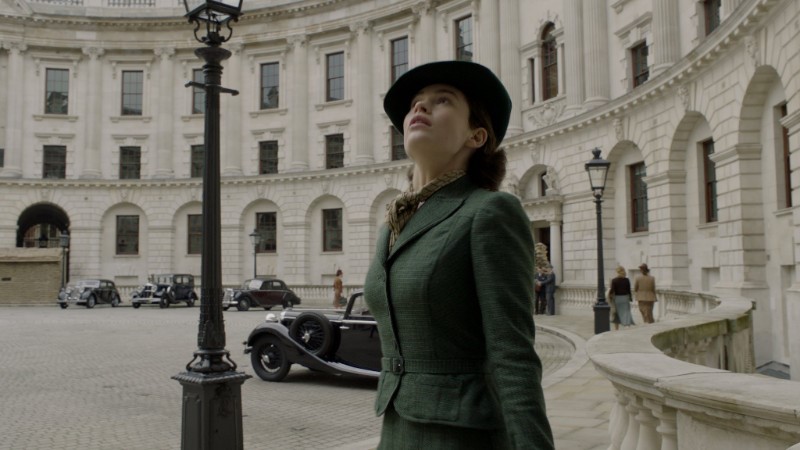
A five-week recce saw the filmmakers gain access to the private worlds behind a number of high-profile locations across London: Buckingham Palace, the Houses of Parliament, and Downing Street. “It was not something that you get to do everyday; it was an incredible opportunity”, says Nazé. Lidar scans were taken of all of the buildings that had to be re-built in a photo-realistic way:
“I quickly realised that the buildings had to be recreated in CG. We could then add the correct levels of dirt that would have existed, and tweak them structurally. Joe realised that we were approaching this very differently to other period films out there, and he became really confident in our process.”
Stephane Nazé, VFX Supervisor
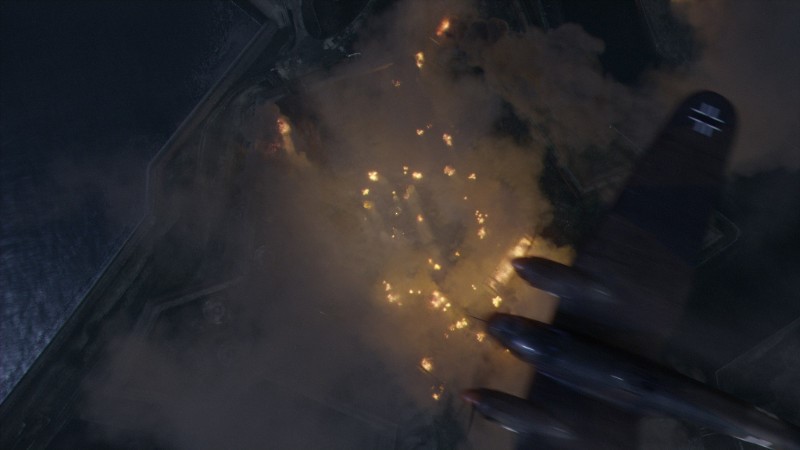
Alongside set extensions within London, the team worked on large-scale environment builds. ‘Some builds were only a few shots long, but they still had to be perfect’, explains Nazé. Aerial shots of French battlefields and countryside were crafted, alongside recognisable locations including Calais and the cliffs of Dover. Each environment had its own separate challenges and CG asset creation process. The French battlefield sequence, for example, called for a full CG environment, CG camera, vehicles, buildings, crowd simulation, FX explosions and smoke. Extensive research was undertaken to consider not just the vehicles of the time, but the topography of the terrain and the exact timings of WW2-style explosions, which would create a shock-wave just after the impact of the explosion.
Framestore had to work outside of its traditional film pipeline for Darkest Hour, briefing individual artists and working in a more collaborative, less structured environment; this in turn complemented the working environment with the client.
“Joe is unique to work with; he has real vision. He knows exactly what he wants and he has a voice. It really felt like we were all part of something.”
Stephane Nazé, VFX Supervisor
